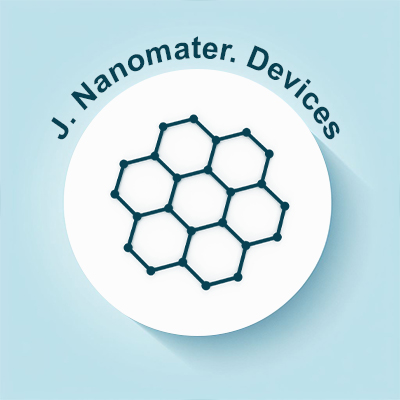
Journal of Nanomaterials and Devices
OPEN ACCESS

OPEN ACCESS
.jpg)
UV-Vis spectroscopy serves as a popular analytical method for characterizing plasmonic metal nanoparticles, thanks to its straightforwardness, high sensitivity, and capacity to offer real-time observations of their optical characteristics. The phenomenon of localized surface plasmon resonance (LSPR), which is a key feature of metal nanoparticles like gold and silver, is essential for grasping their distinctive optical behavior. This mini-review emphasizes the basic concepts of UV-Vis spectroscopy and its significant function in assessing nanoparticle size, shape, aggregation state, and stability. Important spectral characteristics, such as peak position, intensity, and full width at half maximum (FWHM), are examined concerning particle morphology and environmental conditions. Developments in the use of UV-Vis spectroscopy for tracking nanoparticle synthesis, stability, and interactions with biomolecules are also covered. Although UV-Vis spectroscopy is a powerful technique, it faces challenges like sensitivity to solvent effects and spectral overlap in mixed systems. Emerging trends, including the combination of UV-Vis with other characterization techniques and the use of machine learning for spectral interpretation, are discussed. This review highlights the flexibility and significance of UV-Vis spectroscopy in plasmonic nanoparticle research, providing insights relevant to both fundamental investigations and practical uses in areas such as sensing, catalysis, and biomedicine.